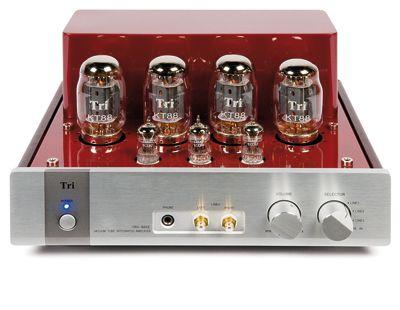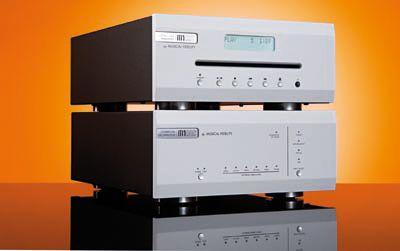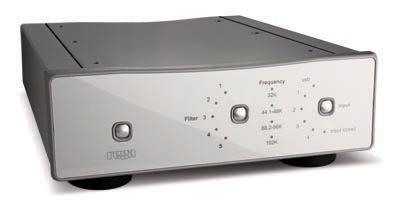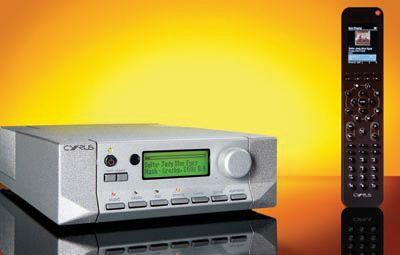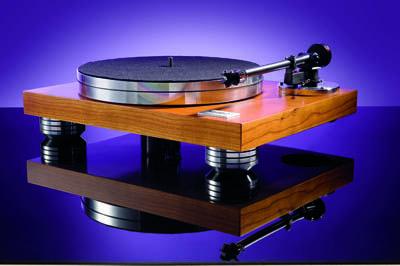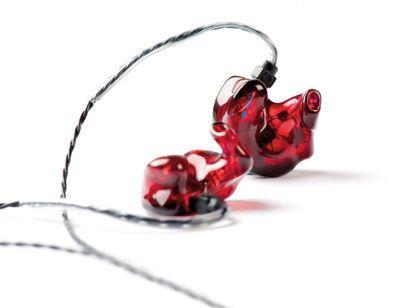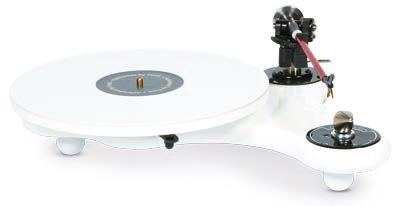LATEST ADDITIONS
Pages
CURRENT ISSUE
 |
Inside this month's issue: Exclusive review of Wharfedale's Super Denton 3-way standpoint, Philips Fidelio L4 headphones, AVID HIFI's Ionic MC cart, NewOntech DAC 08, iFi Audio hip-day 3, a six-way in-ear headphone Group Test and much, much more
|


